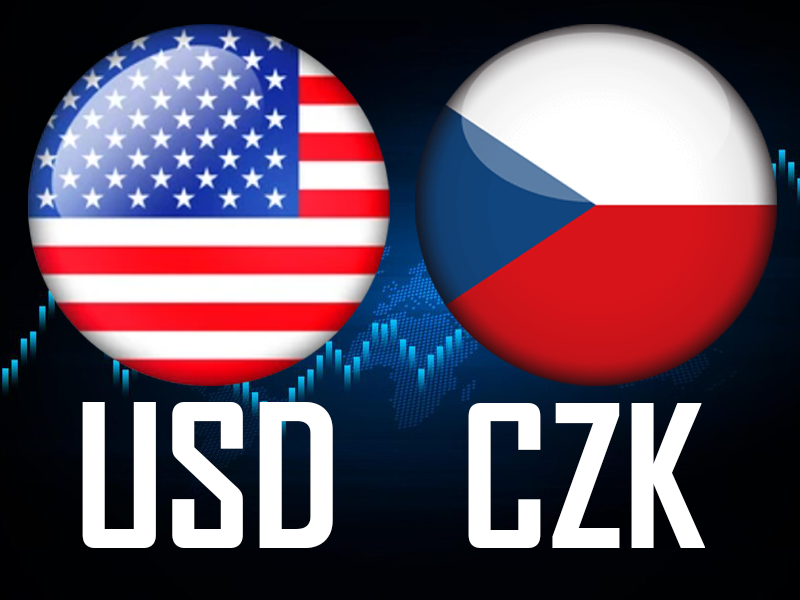🔍 Technical Overview: USDSEK Entering Bullish Zone
Fundamental Outlook for USDSEK
Following the latest USDSEK Trade Signal, the market has remained within its established volatility parameters, with the pair oscillating without clear directional momentum. This suggests that the current economic environment for both the U.S. dollar (USD) and the Swedish krona (SEK) is not generating new catalysts to shift the balance of power. On the fundamental side, the USDSEK Fundamental Analysis remains anchored by the relative strength of the U.S. economic backdrop compared to Sweden’s neutral positioning. The U.S. Federal Reserve’s recent policy decisions have largely stabilized dollar demand, while Sweden’s central bank, the Riksbank, has shown no urgency to tighten monetary policy, maintaining the krona in a range-bound state. This dynamic reinforces the idea that external shocks—such as significant inflation data, employment reports, or geopolitical developments—are currently absent in the news cycle. Consequently, the pair appears to be tethered to its recent consolidation phase, with traders likely relying on pre-existing forecasts rather than new information. The absence of central bank interventions or major economic reports leaves the USDSEK cross in a low-volatility, sideways drift, aligning with the notion that the market has not yet justified a new trade setup. However, the continued focus on macroeconomic indicators—such as U.S. consumer sentiment or Swedish export figures—means that any deviation from current trends could rapidly alter the landscape. For now, the USDSEK Trading Forecast leans toward maintaining the status quo, with caution advised against overextending positions amid muted liquidity and limited news flow.
In USDSEK Technical Analysis, the pair’s movement between 9.33 and 9.52 reflects a tight trading channel, consistent with the recent signal’s parameters. The entry level of 9.43522 sits near the midpoint of this range, while the take profit at 9.51830 targets the upper resistance, and the stop loss at 9.33232 protects against a breakdown lower. This setup is typical of a range-bound strategy, where traders aim to capitalize on mean reversion or breakthroughs. The lack of pronounced volatility implies that technical indicators like the RSI or MACD are likely neutral, failing to generate overbought/oversold signals. However, close attention to key support/resistance levels—particularly 9.43522 and 9.51830—remains critical, as a sustained move above or below these thresholds could invalidate the current trend. Fundamental reasoning supports this neutrality: with the U.S. dollar benefiting from ongoing fiscal stability and Sweden’s economy demonstrating resilience to global headwinds, the cross lacks a compelling reason to trend. That said, the USDSEK Live Trade scenario remains viable if price action shows signs of rotational momentum, such as a breakout from the channel or a surge in liquidity due to U.S. Nonfarm Payrolls or Swedish trade data. The next actionable insight may hinge on the Riksbank’s response to inflation or the Fed’s hints at rate adjustments, as these are central to the USDSEK Trading Forecast. Until then, position sizing and risk management should prioritize preserving capital, given the uncertainty around whether the current consolidation will persist or give way to a directional move. Traders should proceed with discretion, as the interplay between technical patterns and fundamental narratives will ultimately dictate the pair’s trajectory. For deeper insights into potential triggers for USDSEK volatility, monitoring latest central bank statements and economic calendars is essential. [nofollow][target="_blank"]Explore recent USD and SEK fundamentals here[/nofollow].
Price Action & Indicator Insight for USDSEK
On the 30-minute chart, USDSEK has closed two consecutive candles above the 100-period Simple Moving Average (SMA100) at 9.43522. This is widely used by professional traders to confirm trend continuation after reversal.
Technical confirmation also comes from trendline breaks and RSI crossing key levels. This adds weight to the buy bias and supports the trade idea under our proven market trading methodology.
✅USDSEK Buy Signal – Entry, SL & TP Breakdown
- Selected Pair: USDSEK
- Direction: Buy
- Entry: 9.43522 or even Better
- Target: 9.51830
- Protection Level (SL): 9.33232
- Risk Management:0.5% of equity or adjust accordingly
- Trade Opened at: 2025.09.04 08:39
💡 Important USDSEK Signal Rules & Entry Filters
- Only enter the trade when price reaches or improves upon the recommended entry price based on RSI signal.
- Only enter the trade when price reaches or improves upon the Entry Price.
- Use a stop-limit order if volatility spikes around key levels.
- Do not risk more than 1% of account equity on this setup.
- Ensure there’s no major economic data within the next 30 minutes post-entry.
"Markets reward patience, not impulse."
Disclaimer: This USDSEK analysis is shared for academic discussion. It is not a substitute for licensed financial advice.



0 Comments